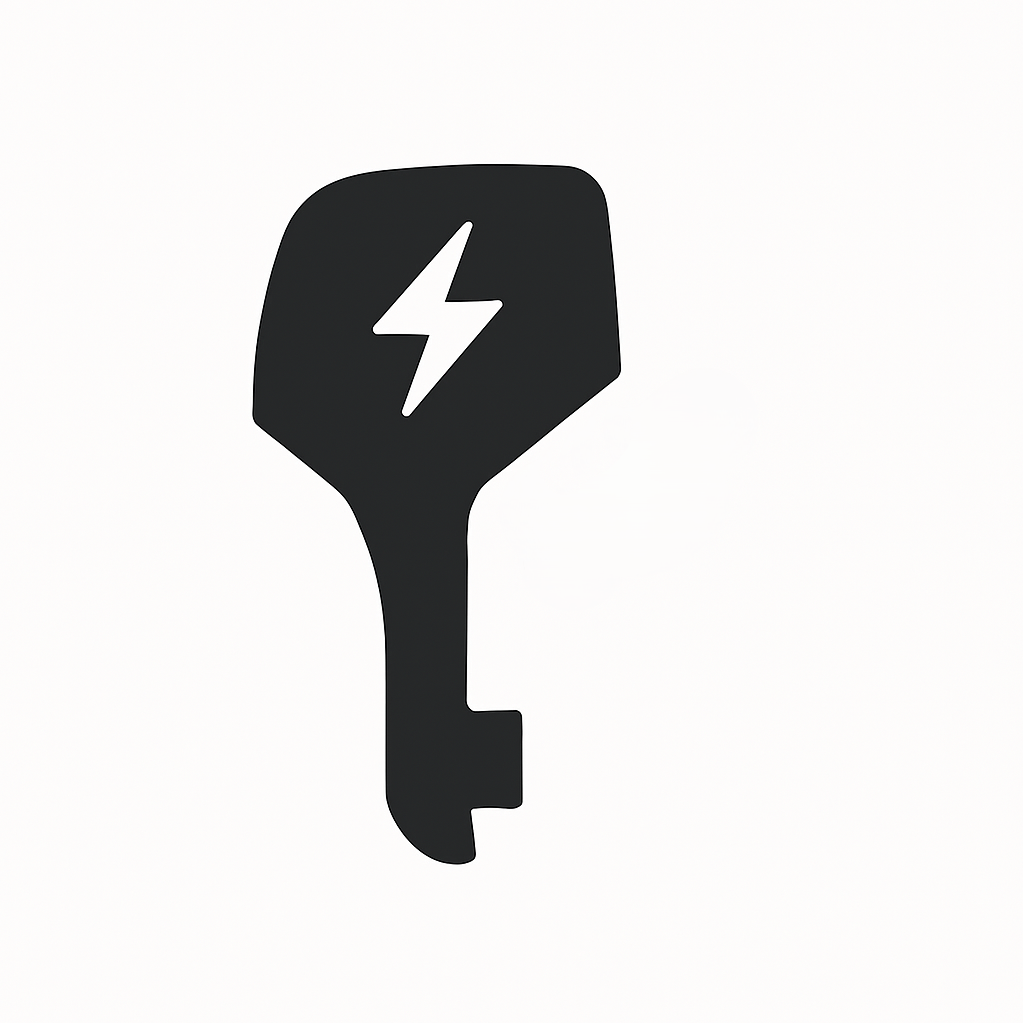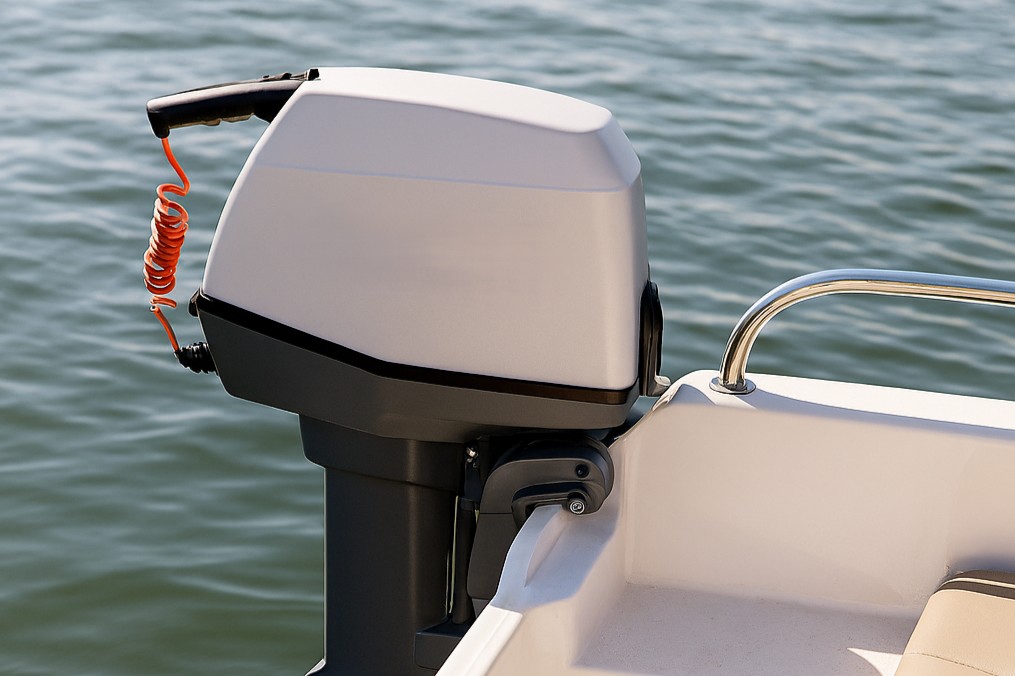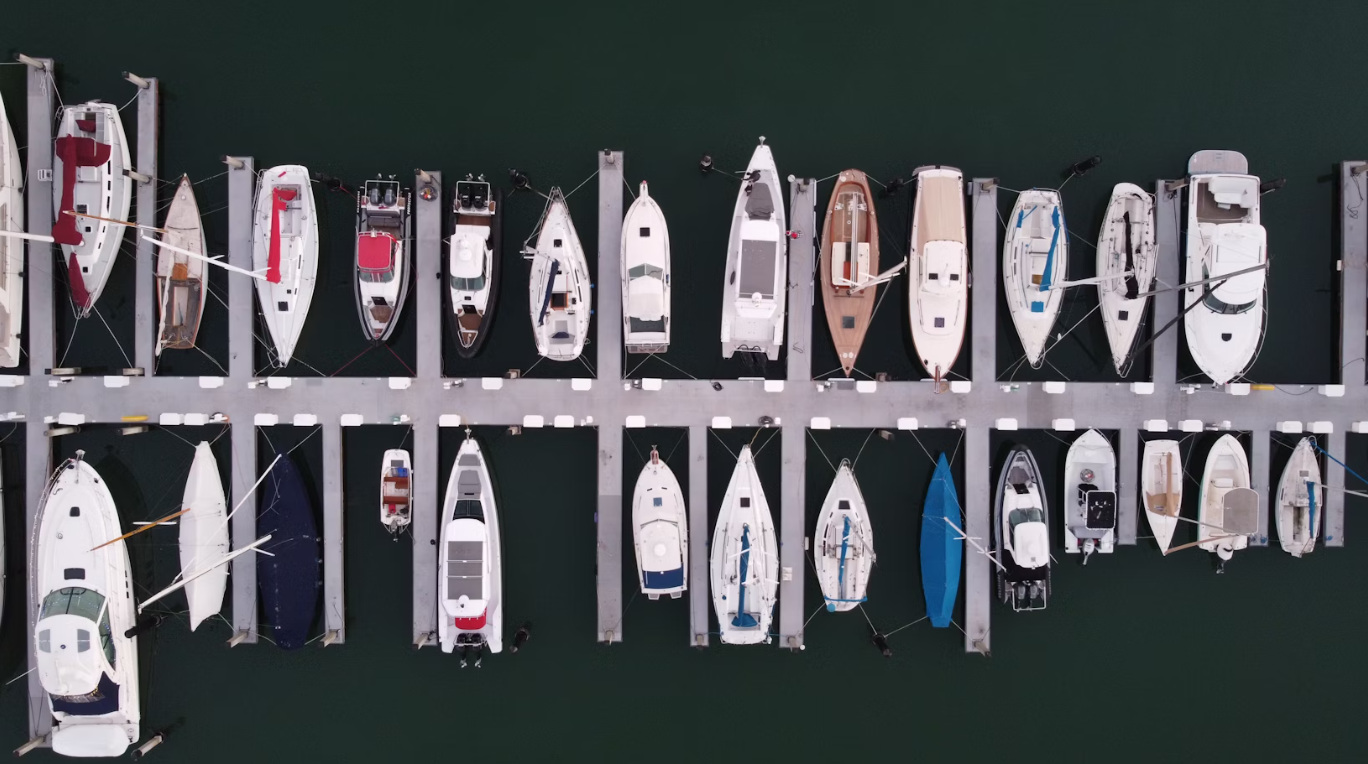As the UK’s marine sector accelerates towards net-zero, eco-friendly boat propulsion is moving from niche to normal. For skippers on the Broads, survey operators on the Solent, and yacht clubs from Falmouth to the Firth of Forth, the choice increasingly sits between modern marine electric propulsion and transitional hybrid solutions. This guide explains how each system works, where each shines, and how to decide which will suit your vessel, waters and wallet in 2025.
Two realities will shape your decision. First, the on-water experience: quiet operation, instant torque and precise control from a boat electric motor make close-quarters manoeuvring calmer and safer. Second, economics: electricity pricing and reduced maintenance can materially lower total cost of ownership (TCO) for frequent UK users, while hybrid systems trade simplicity for extended range. Read on for a practical, UK-specific comparison that blends technical insight with hands-on decision tools.
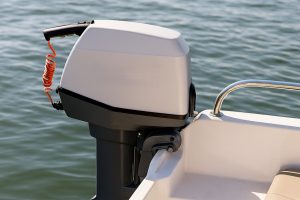
An Overview of Outboard Systems
In marine terms, propulsion refers to the equipment that converts stored energy into thrust. Historically that meant petrol or diesel engines driving propellers. Today, you can specify a boat electric motor (battery-electric), a hybrid (electric motor plus internal-combustion engine), or a conventional ICE outboard. The shift is driven by three forces in the UK context:
- Environmental expectations: Many inland waterways and harbours prioritise low-emission or quiet operations. Quiet running improves passenger experience and reduces disturbance to wildlife.
- Fuel and maintenance costs: Electricity pricing and lower maintenance overheads make electric options attractive for frequent operators.
- Technology readiness: Batteries, power electronics and high-efficiency motors enable practical ranges and rapid charging for day-boat and duty-cycle use.
Crucially, the UK’s charging landscape for small craft is evolving fast—especially along the South Coast and on popular inland networks—making planned electric operations increasingly viable for tourism, training and safety-boat roles.
What Is an Electric Boat Motor and How Does It Work?
A modern electric boat motor (sometimes styled as a boat electric motor or electric boat motor system) stores energy in a lithium battery, converts it through an inverter, and feeds a high-efficiency motor that turns the propeller. The architecture is compact, responsive and quiet, with controls that translate throttle input into finely metered torque.
Components of an Electric Boat Motor
- Battery pack: Typically lithium iron phosphate (LFP) or lithium-ion cells sized from ~10 kWh for small tenders to 90–200+ kWh for commercial RIBs and workboats. Packs can be modular to match your duty cycle and redundancy needs.
- Inverter/controller: Governs current and voltage using PWM to modulate torque precisely. Quality controllers deliver smooth, stepless thrust and protect the system from thermal or current spikes.
- Motor: Brushless, often liquid-cooled designs achieve high efficiency and near-instant torque. Many outboard motor electric units integrate the motor in the leg to reduce losses and improve hydrodynamics.
- Propulsion leg & propeller: The final stage translating torque into thrust; pitch and diameter should be matched to hull form, load, and target cruise speed.
Benefits of Marine Electric Propulsion
Marine electric propulsion provides immediate throttle response, quiet operation (often 55–70 dB at deck level), zero local emissions, and fewer service items (no oil, plugs or complex exhaust).
- Comfort: Quiet tours on lakes and canals reduce wind and engine noise, creating a more relaxing atmosphere for passengers. Reduced vibration and fewer moving parts also mean fewer headaches for crews during long day trips or winter charters. With smoother starts and stops, scenic cruises become more enjoyable for families, schools, and senior members alike.
- Control: Electric propulsion offers precise and immediate torque, making docking in tight marinas or lining up alongside pontoons much easier. There’s no clutch or gear-shifting to manage, which helps skippers maintain steady speed control and safer maneuvers in congested or moored areas.
- Cost control: Predictable electricity costs can simplify budgeting, with the price per kilowatt-hour staying relatively stable compared with fluctuating fuel prices. Fewer service items—no engine oil, plugs, or exhaust system maintenance—mean reduced downtime and lower maintenance bills. Prolonged reliability and fewer emergency repairs help operators plan more trips and itineraries.
- Air quality at pontoons improves for nearby residents and other waterway users.
- Local harbour and marina operations can optimize charging schedules, improving overall energy efficiency and reducing noise during off-peak hours.
- For clubs and passenger operators, the transition to electric propulsion can support sustainability goals and appeal to environmentally conscious members and customers.
The Power of Marine Electric Propulsion
Electric systems scale from small harbour launches to high-performance RIBs. When configured correctly, a powerful electric boat engine provides robust hole-shot, stable cruise, and excellent manoeuvrability—without the vibration and fumes of combustion. Continuous-power ratings (not just peak) and thermal management determine how well performance holds in chop, tide and summer heat.
Performance Levels of a Powerful Electric Boat Engine
- Torque from zero: Electric motors deliver maximum torque from standstill, cutting time-to-plane and improving control in swell and tidal cross-sets.
- Horsepower & kW equivalence: 1 kW ≈ 1.34 hp; however, electric’s higher system efficiency at the prop often means a lower kW can rival a higher-rated ICE in real-world thrust.
- Thermal management: Liquid-cooled motors maintain output on hot summer days or extended duty, helping preserve speed over long legs.
- Noise & comfort: Lower hull-borne vibration and minimal exhaust odour enhance passenger satisfaction on tours and training sessions.
Top Use Cases: From Fishing Boats to Luxury Yachts
Electric propulsion excels where predictable routes, frequent stop-starts and quiet running matter: urban water taxis, wildlife tours, harbour authorities, sailing yacht auxiliaries and club safety boats. For UK anglers on reservoirs with noise restrictions, a boat electric motor offers stealth; for tender operations on the south coast, it brings clean thrust and low upkeep. Premium yachts increasingly select electric auxiliaries for silent anchorage manoeuvres and zero-fume guest transfers.
Hybrid Boat Propulsion: How It Works and Why It’s Gaining Momentum
Hybrid boat propulsion pairs an electric drivetrain with a petrol or diesel engine, enabling electric-only running in speed-restricted or sensitive zones and engine-assisted range for long transits. It’s attractive for mixed-use fleets or remote moorings where shore power is scarce, and for missions where an over-the-horizon diversion might be required at short notice.
What Is Hybrid Boat Propulsion?
Hybrids typically provide three modes: electric-only for silent, zero-emission manoeuvres; combustion-only for long legs; and blended modes that optimise efficiency based on load, speed and battery state. They add redundancy for safety-critical roles while trimming fuel burn in low-speed operations. Some architectures use a generator to charge the pack underway; others mechanically couple the engine to the prop shaft or leg.
Electric vs. Hybrid: Key Technical Differences
- Power source: Electric relies solely on batteries; hybrid adds an ICE generator or mechanical drive.
- Range: Electric range is planned around battery capacity and charging windows; hybrid extends reach using fuel.
- Complexity: Hybrids add weight, plumbing and service points; electric is mechanically simpler with fewer wear items.
- Operating profile: Electric shines where routes are predictable and turnaround charging is available; hybrid suits variable or expedition-style profiles.
Comparing Electric vs. Hybrid Outboard Motor Electric Options for 2025
Both electric and hybrid outboard motor electric options can be the “right” answer—if matched to waters, loads and duty cycles. Use the comparisons below to frame your decision for UK conditions and plan realistic endurance, speed and turnaround times.
Range and Battery Life
Plan electric range using energy (kWh), hull efficiency (kWh per nautical mile), and reserve. For example, a 90 kWh pack at 1.5 kWh/nm yields ~60 nm theoretical range; real-world reserve and weather may reduce this to 40–50 nm. Hybrids extend endurance with fuel, allowing multi-day passages while retaining quiet electric operation for entries, canals and wildlife zones. For clubs and rental fleets, standardising “eco-cruise” speeds can add 15–30% range without adding batteries.
Cost of Ownership and Maintenance
Electric has fewer moving parts and predictable energy costs. Hybrids can reduce fuel use versus ICE-only, but duplicate subsystems increase servicing and spares. For commercial UK operators scheduling 1–3 charge windows per day, electric often wins on total cost of ownership (TCO) over a 5–10 year horizon. When comparing quotes, insist on continuous-power ratings, battery cycle life (to 70–80% capacity), and the cost of mid-life module refresh.
Performance in Different Waters (Lakes, Oceans, Long Routes)
Electric excels on inland lakes and day boating along the coast with strategic charging stops. Hybrids provide insurance for long coastal routes and tidal gates where weather delays could extend daily legs. For clubs and rental fleets, electric simplifies training and reduces mishandling risk thanks to linear, predictable throttle. On estuaries with strong tides, pairing an efficient prop with a higher-voltage powerful electric boat engine helps maintain headway without thermal derate.
| Criterion | Electric (outboard motor electric) | Hybrid (electric + ICE) |
|---|---|---|
| Noise & comfort | Very low; ideal for tours and marinas | Low on electric mode; higher when ICE runs |
| Range | Route-planned; depends on pack size & speed | Extended via fuel; good for variable itineraries |
| Maintenance | Minimal; few wear items | Higher; dual systems to service |
| TCO (5–10 yrs) | Often lower for frequent users | Mixed; savings vs ICE-only but added complexity |
Source: UK operator best practice and vendor specifications (2025). Figures are indicative for comparison.
Key Benefits of Choosing Electric Boat Propulsion in 2025
- Predictable running costs: Electricity prices and smart charging schedules reduce exposure to fuel volatility.
- Quiet, low-vibration rides: Better passenger satisfaction and less fatigue for crews.
- High efficiency: More of the stored energy reaches the prop; instant torque improves safety in tight manoeuvres.
- Lower maintenance risk: Simpler mechanics mean fewer failure points and shorter service windows.
- Future-readiness: Alignment with UK decarbonisation policy and emerging marina charging networks.
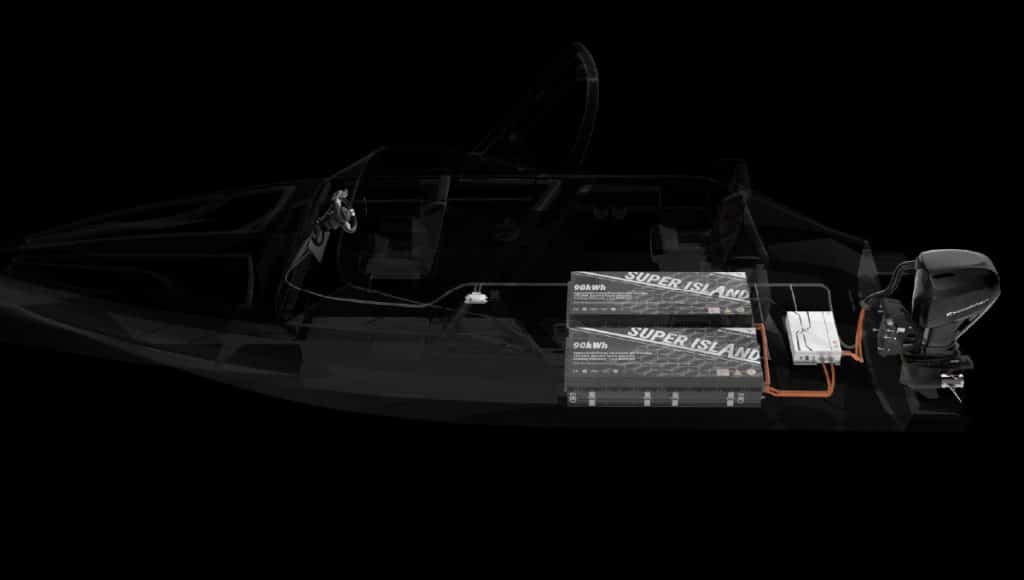
How to Choose Between Electric and Hybrid for 2025
Use this section to align capability with your UK boating reality—home port, shore-power access, crew skills and mission profile. The guidance below helps you quickly narrow options and avoid over- or under-specifying batteries and motors.
Consider Your Boating Style and Frequency
- Occasional leisure boater (day trips, lakes, canals): Electric wins for simplicity and experience. Overnight AC charging is sufficient.
- Frequent coastal day-boats (charters, coaching, safety duties): Electric with fast turnarounds and overnight AC charging works well; plan one DC top-up on longer days.
- Expedition or variable routes (island hops, long estuary runs): Hybrid provides buffer against weather and tide-induced extensions; electric still valuable for harbour entries.
Evaluate Power Needs
Match motor power to hull form and payload. For RIBs, a powerful electric boat engine with robust continuous kW and liquid cooling maintains planing speeds without thermal derate. For displacement craft, peak thrust at low rpm matters more than sprint speed. Ask vendors for continuous-power curves and any temperature-based derating thresholds for UK summer operation.
Budget and Maintenance Preferences
If you value low hands-on maintenance and predictable energy bills, electric is compelling. If you require multi-day unplanned legs without charging infrastructure, a hybrid’s fuel safety net may justify extra complexity. Consider crew familiarity as well—electric’s simpler checks can shorten training time for seasonal staff.
| Use case | Typical pack (kWh) | Target cruise (kt) | Comment |
|---|---|---|---|
| Canal day boat | 10–20 | 4–6 | Silent tours; overnight AC recharge |
| Club safety RIB | 40–90 | 15–25 | Fast bursts; dockside DC top-ups |
| Coastal charter (day) | 90–180 | 18–25 | Plan turnarounds; one DC charge window |
| Remote expedition | Hybrid | 10–20 | Fuel extends range; electric in sensitive zones |
Source: UK marina charge access patterns and operator duty cycles (2025). Values are indicative for planning.
Future Trends: The Evolution of Marine Electric Propulsion
The 2025–2030 window will bring better energy density, faster charge rates, and smarter analytics. Expect more interoperable DC charge profiles on pontoons, modular battery drawers for commercial craft, and cloud diagnostics that minimise downtime. Industry pilots are also exploring vessel-to-grid (V2G) concepts at select UK ports, allowing fleets to support quay-side power resilience.
Battery Innovation and Energy Storage
- Higher-density cells: Improved Wh/kg unlock either more range for the same weight or lighter boats for the same range.
- Thermal & safety advances: Robust enclosures and liquid cooling maintain performance and longevity in UK summer peaks and cold off-season storage.
- Fast charging: Growing availability of 20–80% top-ups in ~45–90 minutes for mid-size packs improves commercial viability.
AI-Driven Efficiency and Smart Monitoring
- Predictive maintenance: Motor, inverter and pack health analytics catch issues early and schedule service around tides and bookings.
- Energy routing: Smart controllers map wind, tide and load to optimise consumption, extending range without adding batteries.
- Fleet dashboards: Charter firms track utilisation, state of charge and turnaround readiness in real time.
Practical Checklist
- List your top five routes (nm) and typical payloads; note worst-case weather/tide windows.
- Confirm shore-power or DC access at home marina and waypoints; map turnaround times.
- Decide whether quiet operation and low maintenance outweigh occasional long-range needs.
- Request continuous-power, not peak-power, figures from vendors; ask for thermal derate curves.
- Trial real prop options and log kWh/nm at two speeds; size the pack to your measured demand plus reserve.
- Check standards compliance and competent installation against ISO 16315 (small craft electric/hybrid propulsion).
Conclusion: Which Boat Propulsion System Wins for 2025?
If your boating is day-based with reliable access to shore power or a DC charger, electric delivers the best all-round UK experience: quiet, clean, precise, and increasingly cost-effective. If you face variable weather windows, long unplanned legs, or limited charging, hybrids remain pragmatic, especially for safety-critical or remote routes. Either way, align system choice with hull, payload, waters and duty cycle—and insist on proper commissioning and sea trials.
Frequently Asked Questions
How do I estimate real-world range for a boat electric motor on UK coastal routes?
Start with usable battery energy (kWh), divide by your vessel’s energy demand (kWh per nautical mile) at the intended cruise speed, and deduct a realistic reserve (e.g., 20–30%). Confirm the figure with a sea trial on your typical leg, factoring tide, wind-over-tide, and payload. Repeat the run once with a clean hull and once when fouled to understand seasonal variance.
Where in the UK does marine electric propulsion make the most sense today?
Lakes, canals and harbour tours are ideal due to predictable distances, low-speed limits and shore-power access. Coastal day-boats also benefit where you can schedule one DC top-up per day (e.g., a lunch turnaround). Wildlife tours particularly value quiet operation and lack of fumes, and many marinas now support smarter charging arrangements for frequent users.
Is a hybrid outboard worth it if I only occasionally exceed electric range?
If those longer legs are infrequent and predictable, electric plus one planned DC charge might be simpler and cheaper overall. Choose hybrid if the extended legs are frequent, time-critical, or safety-critical (e.g., rescue, remote island runs) where delays would be costly.
What’s the maintenance difference between hybrid and electric systems?
Electric systems have fewer wear items: no oil changes, fewer rotating parts and simplified cooling/exhaust. Hybrids require both ICE and electric servicing, increasing labour time and spares management. For fleets, the simplicity of electric often reduces downtime and training overheads.
Can a powerful electric boat engine tow and plane like a comparable ICE outboard?
Yes—if you match continuous kW and prop selection to hull and load. Electric’s instant torque aids hole-shot. Ensure adequate thermal management (liquid cooling), and specify a battery sized for sustained high-load operation rather than just short sprints. For UK coaching and rescue duties, confirm continuous-power output at summer water temperatures.
References
- Royal Yachting Association (RYA) – Electric Boating overview and guidance. https://www.rya.org.uk/environment-and-sustainability/electric-boating/
- Inland Waterways Association – An Introduction to Electric-Drive Narrowboats (guide announcement). https://waterways.org.uk/about-us/news/new-guide-to-electric-boats-published
- ScienceDirect – Underwater radiated noise of electric vs petrol outboards (comparative measurement study). https://www.sciencedirect.com/science/article/pii/S0025326X23013723
- Marine Industry News – Electric Seaway project completes UK south-coast e-charging rollout (infrastructure). https://marineindustrynews.co.uk/electric-seaway-project-completes-uk-south-coast-electric-charging-rollout/
- PlugBoats – UK’s Electric Seaway charging project (background and V2G pilots). https://plugboats.com/uk-electric-seaway-charging-project-complete-e-boats/
